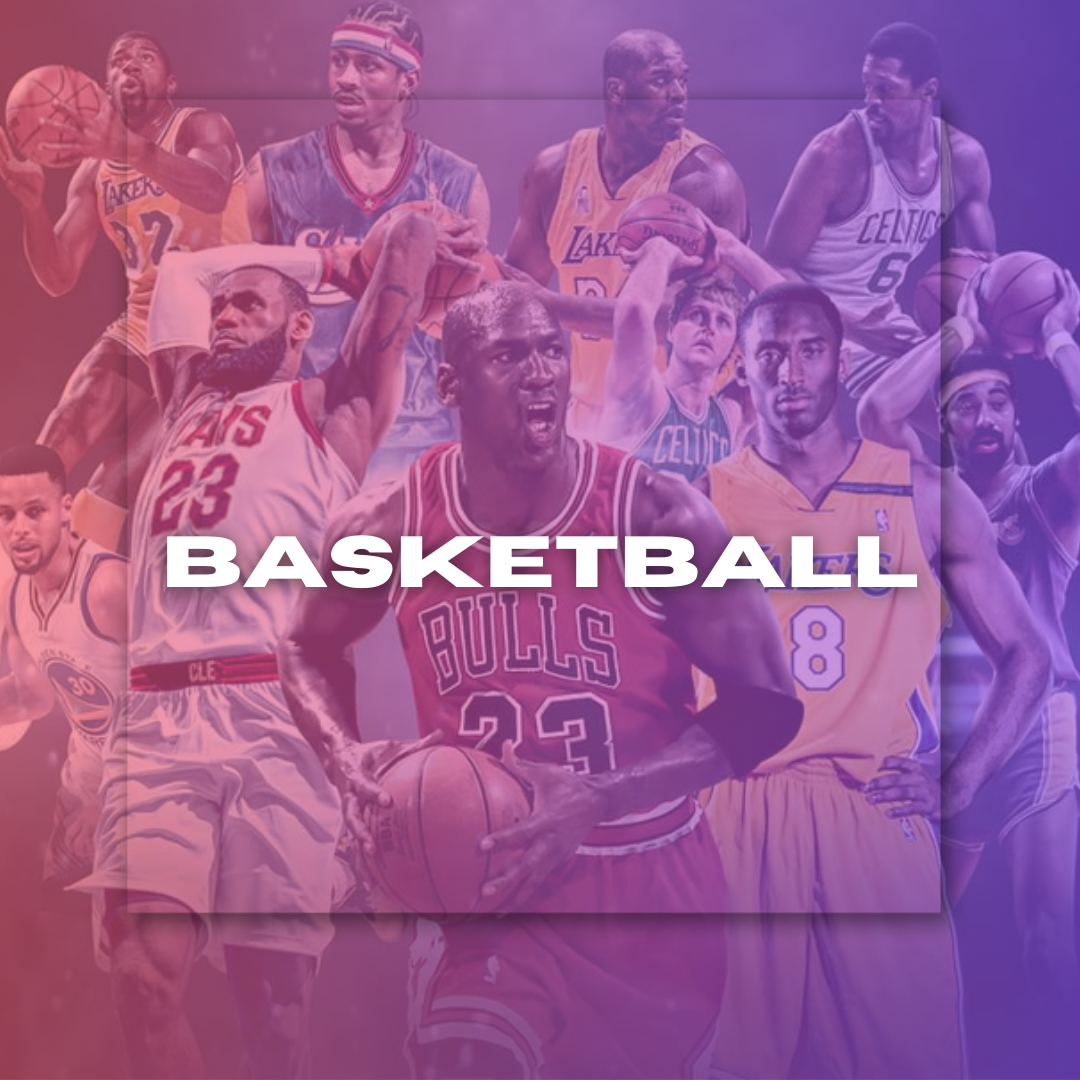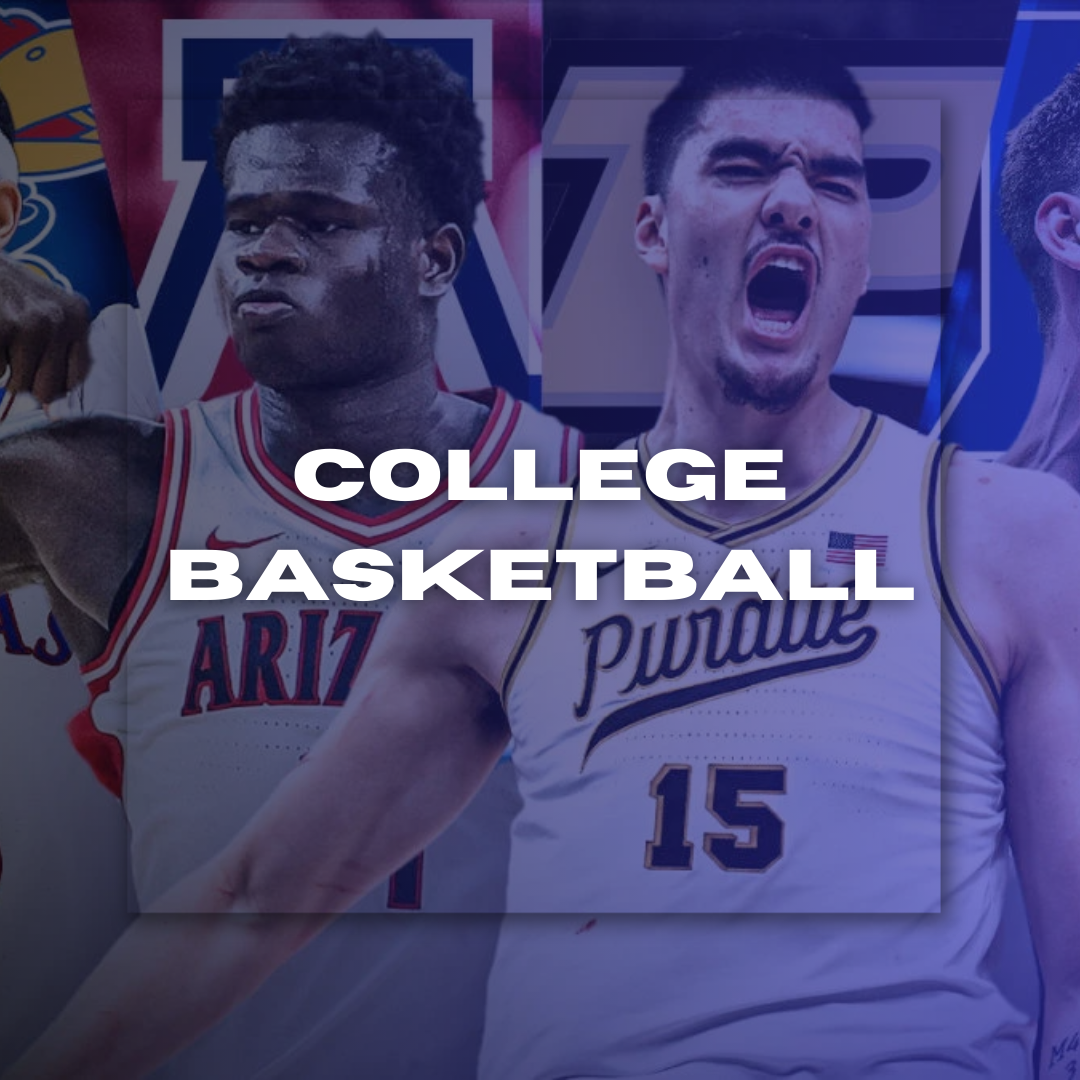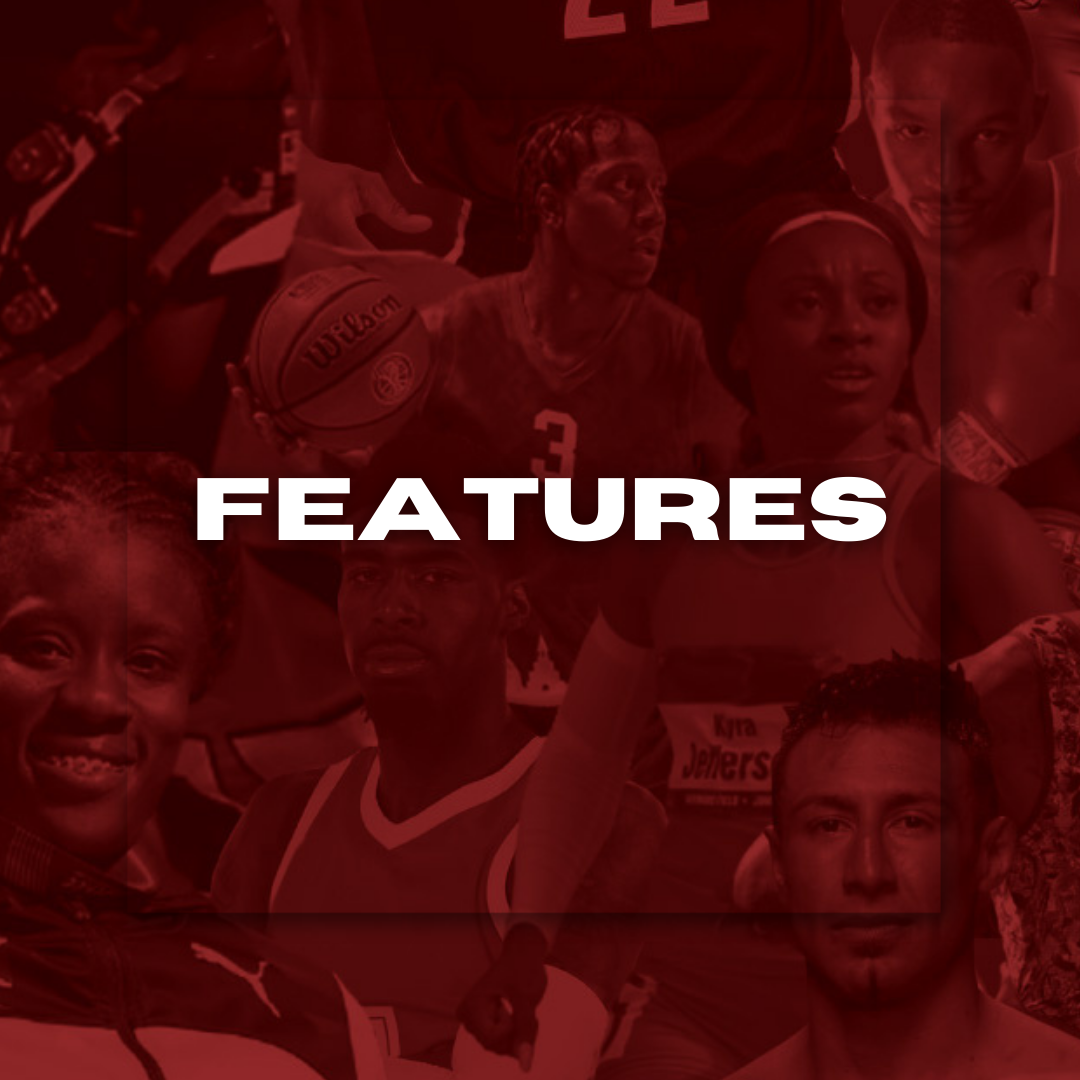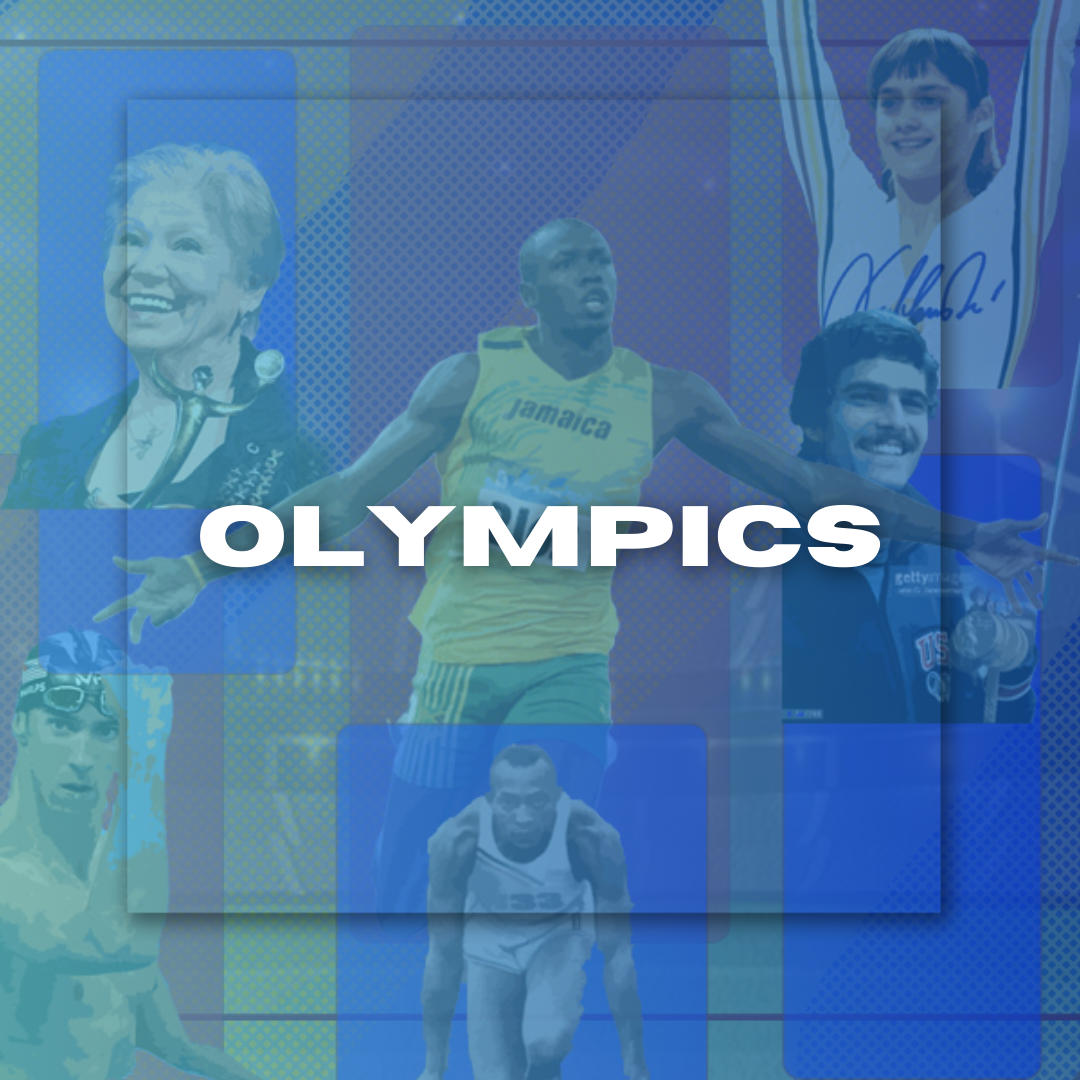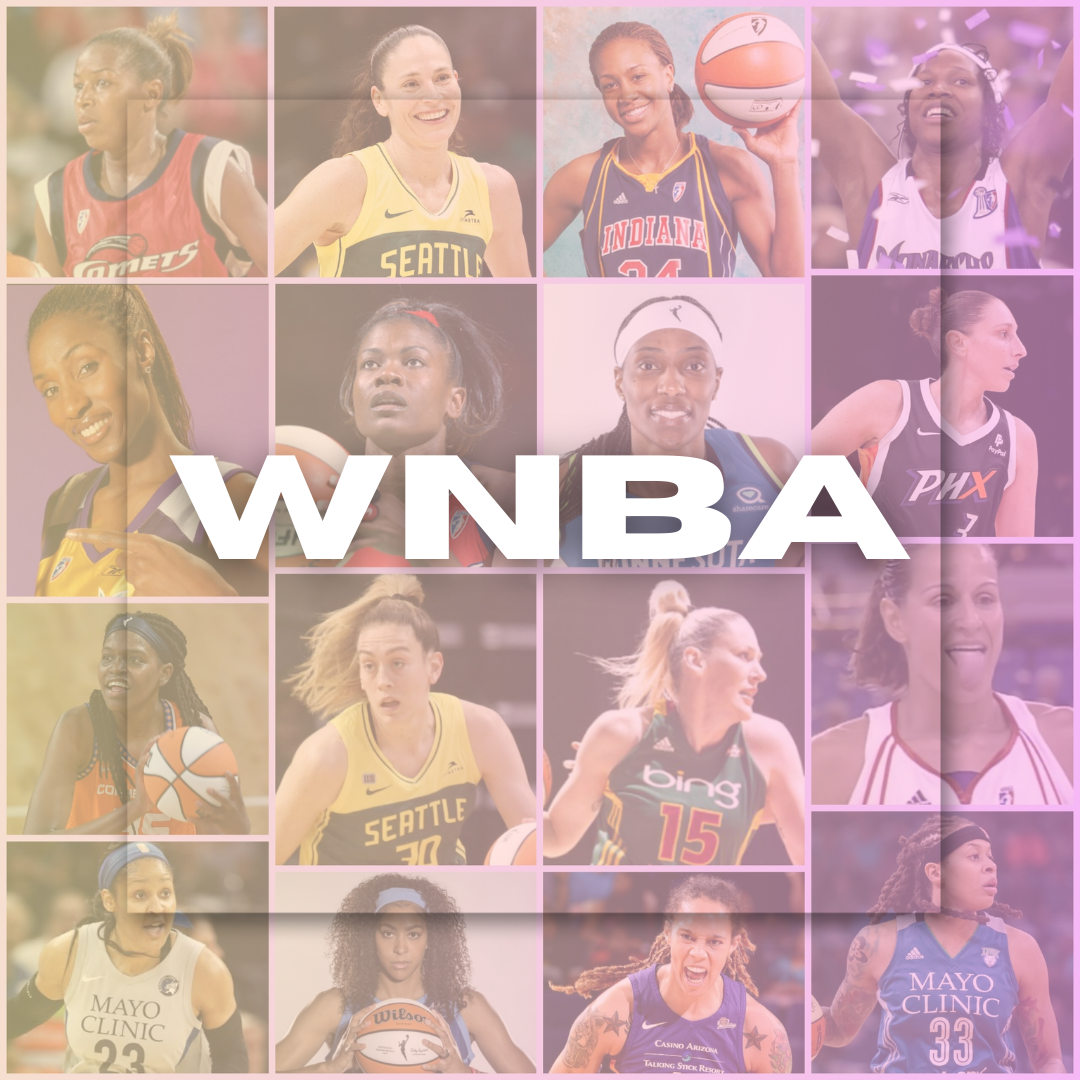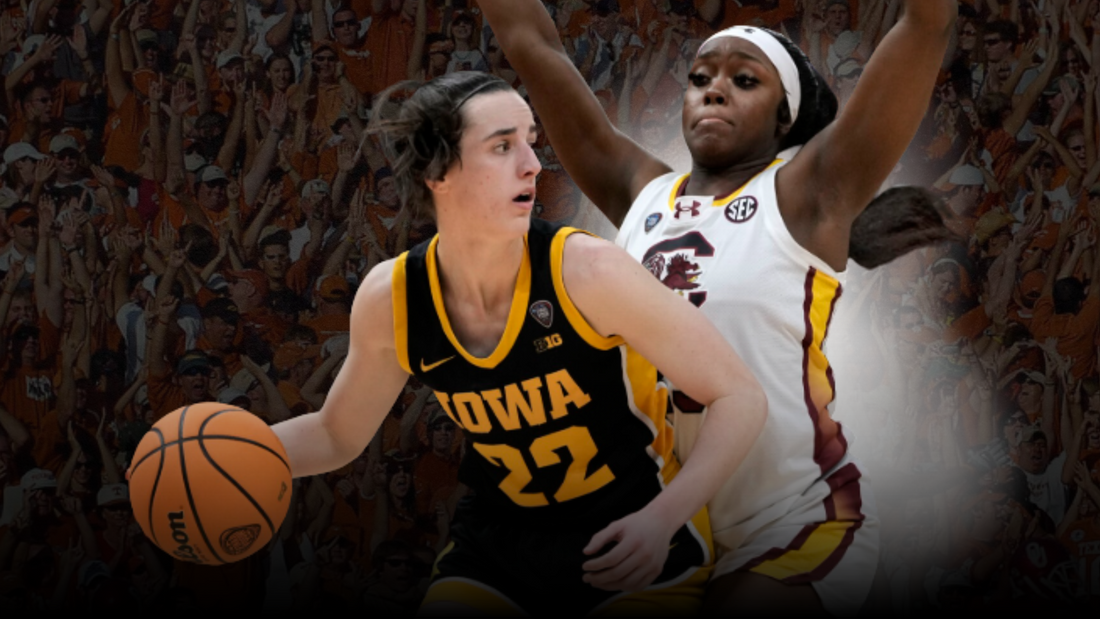
Caitlin Clark’s Next Move: Is the Fever Star Already Plotting a Big-Market Exit?
By Jocelyn Alano June 19, 2025 09:39
Caitlin Clark’s meteoric rise in the WNBA has been nothing short of spectacular, transforming the Indiana Fever from perennial underdogs into legitimate contenders. Yet, as the 2025 season progresses, whispers of a potential big-market exit are growing louder, fueled by contract dynamics, roster uncertainties, and Clark’s own ambitions. Is the Fever star already plotting her next move?
Clark, the 2024 No. 1 overall draft pick, signed a four-year rookie contract with Indiana worth $338,056, with salaries escalating from $76,535 in her rookie year to a club option of $97,582 in 2027. While modest by NBA standards, this contract reflects the WNBA’s current salary structure, which many argue undervalues its marquee players. Clark’s on-court impact, however, far exceeds her paycheck. In her rookie season, she averaged around 14.9 points, 6.4 rebounds, and 6.1 assists per game, immediately becoming the Fever’s offensive engine and fan favorite.
Despite her individual success, the Fever face a looming challenge that could reshape the team’s core. The new Collective Bargaining Agreement (CBA), set to take effect in 2026, will render all players without rookie contracts free agents, leaving Clark as the only guaranteed roster member beyond 2025. This threatens to dismantle the supporting cast that Clark relies on, including veterans like Kelsey Mitchell and DeWanna Bonner, whose presence has been vital in bolstering Indiana’s offense.
The Fever’s management is acutely aware of this precarious position. They sacrificed their 2025 first-round draft pick to secure Clark, limiting their ability to replenish talent through the draft. Although they hold the 19th pick in the second round, the path to building a championship-caliber roster around Clark is fraught with obstacles.
Clark’s own mindset adds fuel to trade speculation. Known for her competitive fire and leadership, she recently made it clear she would only return from injury if allowed to play at full capacity, rejecting minutes restrictions that could limit her impact. This insistence on being the team’s focal point reflects her drive to win now, which may clash with the Fever’s rebuilding timeline.
Moreover, during her introductory press conference, Clark admitted she grew up a fan of the Minnesota Lynx, a franchise with a richer recent history of success. While Minnesota’s head coach Cheryl Reeve dismissed any realistic trade for Clark, the comment sparked social media chatter about possible future moves, especially as Clark’s rookie contract nears its end.
Indiana remains optimistic about its 2025 prospects, ranked as the fourth favorite to win the WNBA title behind New York, Las Vegas, and Minnesota. The additions of players like Sophie Cunningham, Natasha Howard, and Brianna Turner aim to complement Clark’s talents. Yet, the uncertainty surrounding the CBA and roster stability casts a shadow over these ambitions.
Fever General Manager and coaching staff face a delicate balancing act: retaining Clark’s loyalty while navigating the financial and contractual realities of the evolving WNBA landscape. Clark’s current contract, though modest, locks her to Indiana through 2027 if the club exercises its option, but the changing dynamics of the league and her rising stardom could prompt her to seek a bigger market and a more competitive situation.
Caitlin Clark stands at a pivotal juncture. Her undeniable talent and leadership have revitalized the Indiana Fever, but contractual constraints and roster instability raise questions about her long-term future in Indianapolis. While no trade has been announced, the combination of Clark’s ambitions, the looming CBA changes, and the Fever’s rebuilding challenges suggest that a big-market exit could be on the horizon.





















































